11 Coveted Antique Dolls and Their Collectible Market Price
Antique dolls have captivated collectors for generations, with some pieces commanding impressive prices due to their rarity and craftsmanship. These dolls, ranging from delicate bisque creations to charming cloth figures, offer a glimpse into the past and reflect the changing tastes of their time. Whether made in Germany, France, or America, each doll tells a unique story. For many, collecting antique dolls is more than just a hobby, it’s a passion driven by nostalgia and history. As the demand for rare dolls continues to rise, their value in the collectors’ market has only grown. In this article, we’ll explore some of the most sought-after antique dolls and what makes them so valuable. Get ready to discover which dolls have captured the attention of collectors and how their worth has evolved.
This post may contain affiliate links, which helps keep this content free. Please read our disclosure for more info.
German Bisque Dolls
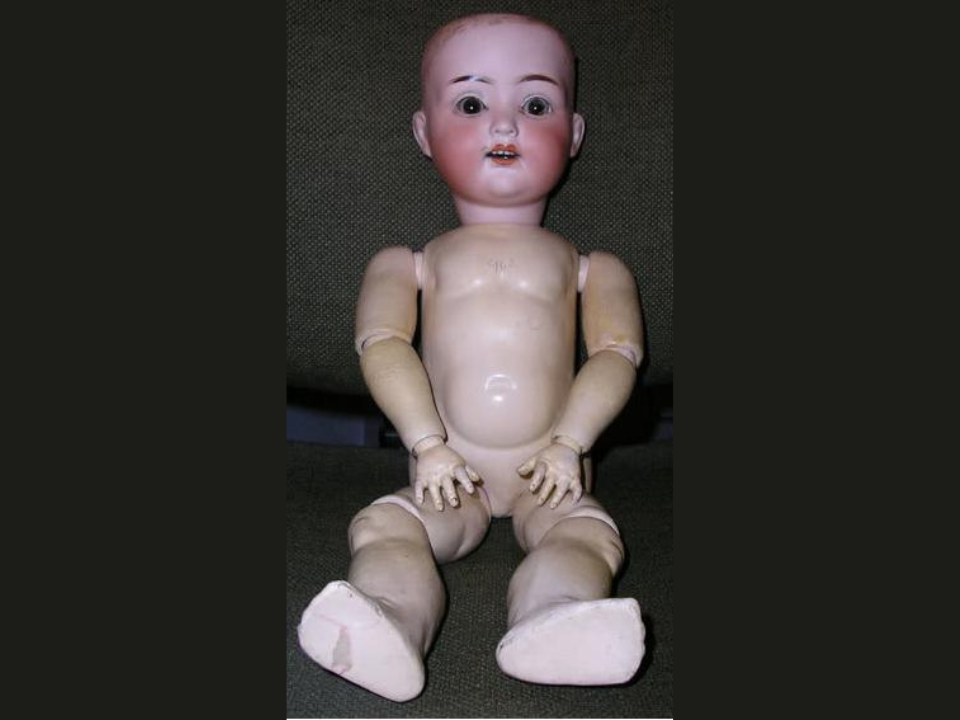
German bisque dolls, especially those from the late 19th and early 20th centuries, are highly sought after in the collectors’ market. Made from a porcelain-like material known as bisque, these dolls are prized for their delicate facial features and hand-painted details. Many of these dolls were produced by famous German manufacturers such as Kestner, Heubach, and Armand Marseille. Collectors look for specific characteristics, such as the doll’s size, the quality of the bisque, and the condition of its clothing.
The most valuable German bisque dolls often feature elaborate clothing and rare eye mechanisms. These dolls have held their value over time, with some fetching prices in the thousands. Depending on the doll’s rarity, condition, and maker, you can expect to pay between $500 and $5,000 for a high-quality piece.
French Fashion Dolls
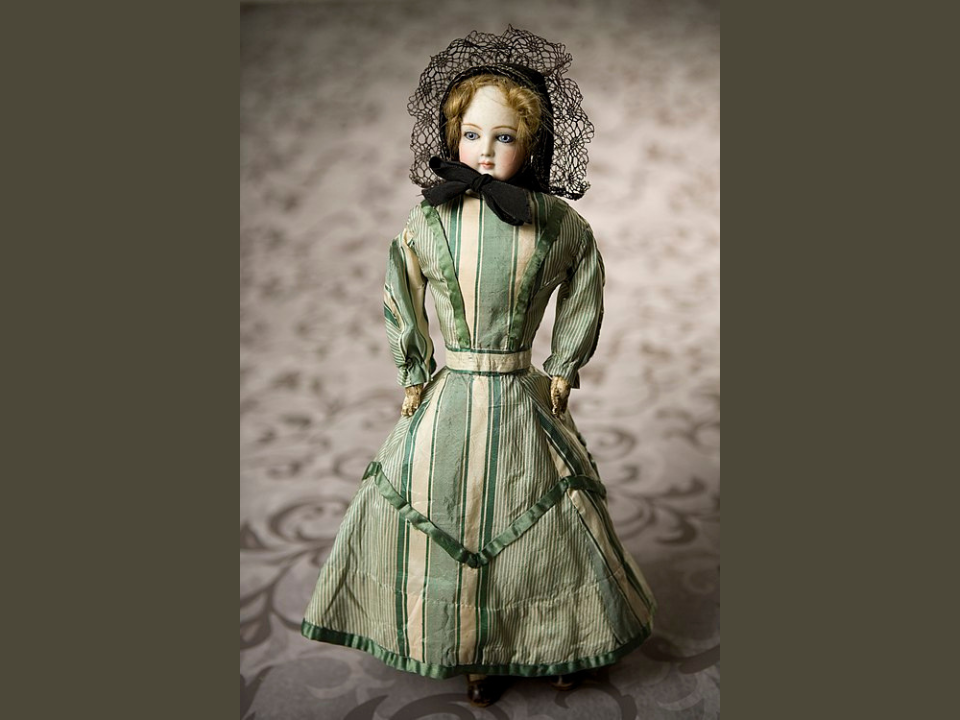
French fashion dolls were produced in France in the 19th century and were designed to showcase the latest fashion trends of the time. These dolls were often used as mannequins for dressmakers and were highly detailed, with porcelain heads and finely crafted bodies. Many French fashion dolls had articulated bodies and glass eyes. The famous doll-making firms of Jumeau and Bru produced some of the finest French fashion dolls that remain in demand today.
Collectors value these dolls for their craftsmanship and historical significance, as they offer a glimpse into the fashion of the era. The value of French fashion dolls can vary greatly depending on their condition and maker, but rare and well-preserved examples can fetch anywhere from $1,000 to $12,000.
Shirley Temple Dolls
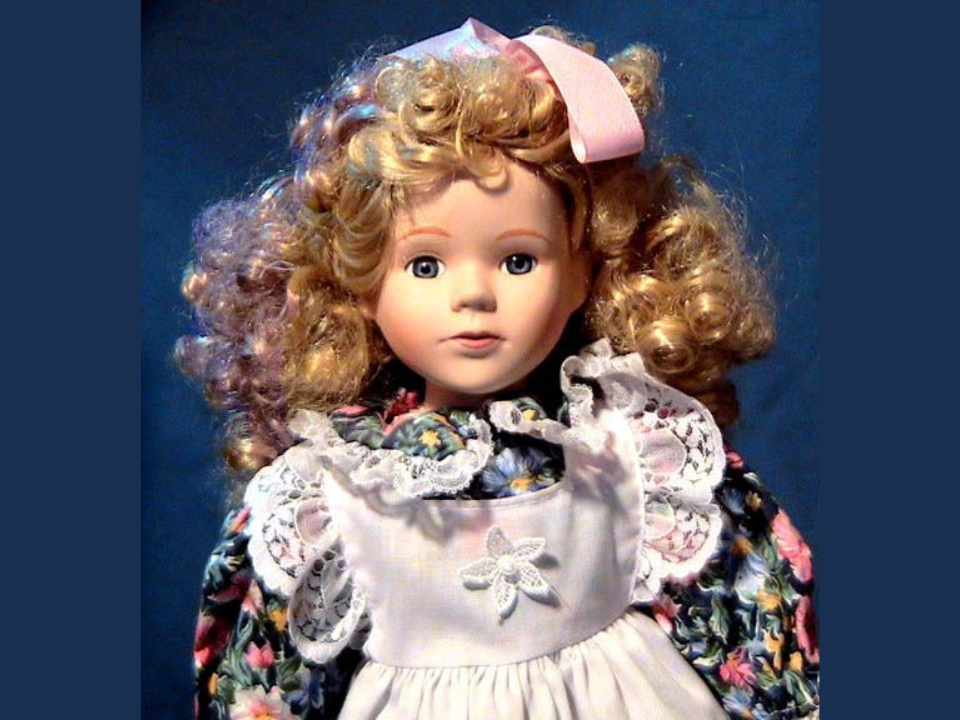
The Shirley Temple dolls, produced from the 1930s to the 1950s, are among the most iconic American dolls. They were created to resemble the famous child actress of the same name and were marketed by the Ideal Toy Company. These dolls have a unique charm with their golden curls and bright-eyed faces, and they were made in several different sizes. Some versions of Shirley Temple dolls have a mechanism that allows them to sing or talk, which increases their desirability among collectors.
Due to their nostalgic appeal, Shirley Temple dolls remain highly collectible today. Well-preserved dolls from the 1930s and 1940s can sell for prices ranging from $100 to $1,500. Limited edition or rare versions may command even higher prices, especially if they come with their original clothing and accessories.
Ideal Toy Company Dolls
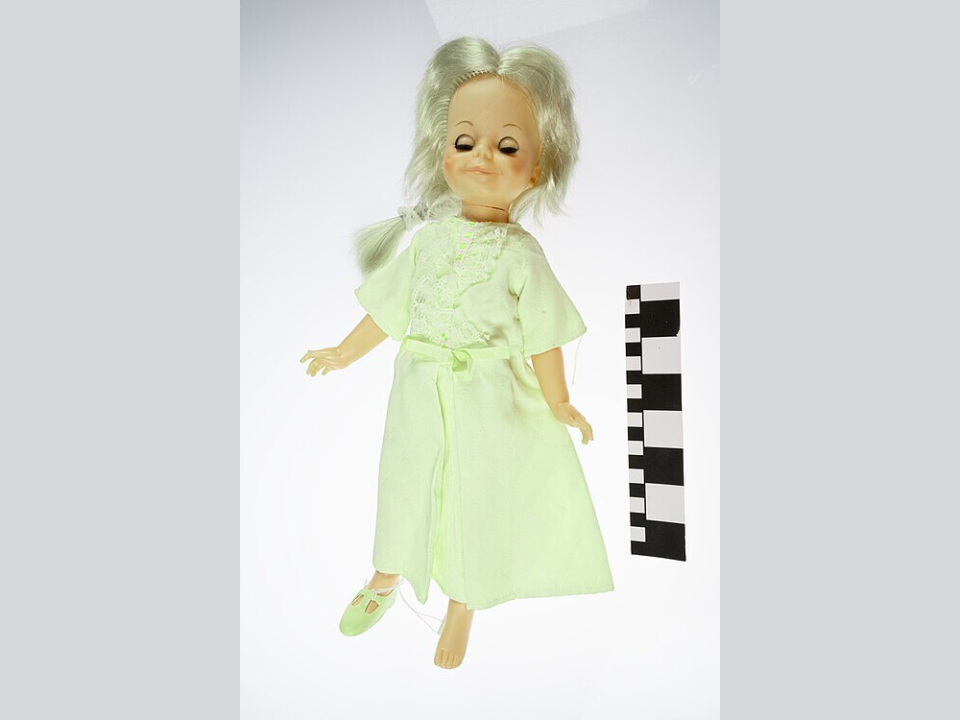
The Ideal Toy Company, which began producing dolls in the early 1900s, is known for creating some of the most beloved American dolls. The company produced a variety of dolls over the decades, including the popular Betsy Wetsy and Little Miss Revlon dolls. Ideal dolls are recognized for their high-quality composition materials and unique, lifelike designs. Some dolls were also equipped with sleep eyes and other realistic features.
Ideal dolls have a dedicated following among collectors. Depending on the doll’s rarity and condition, prices can range from $100 for more common dolls to $3,000 for rare or pristine examples. The market for Ideal dolls remains strong, especially for those in original clothing with original boxes.
Madame Alexander Dolls
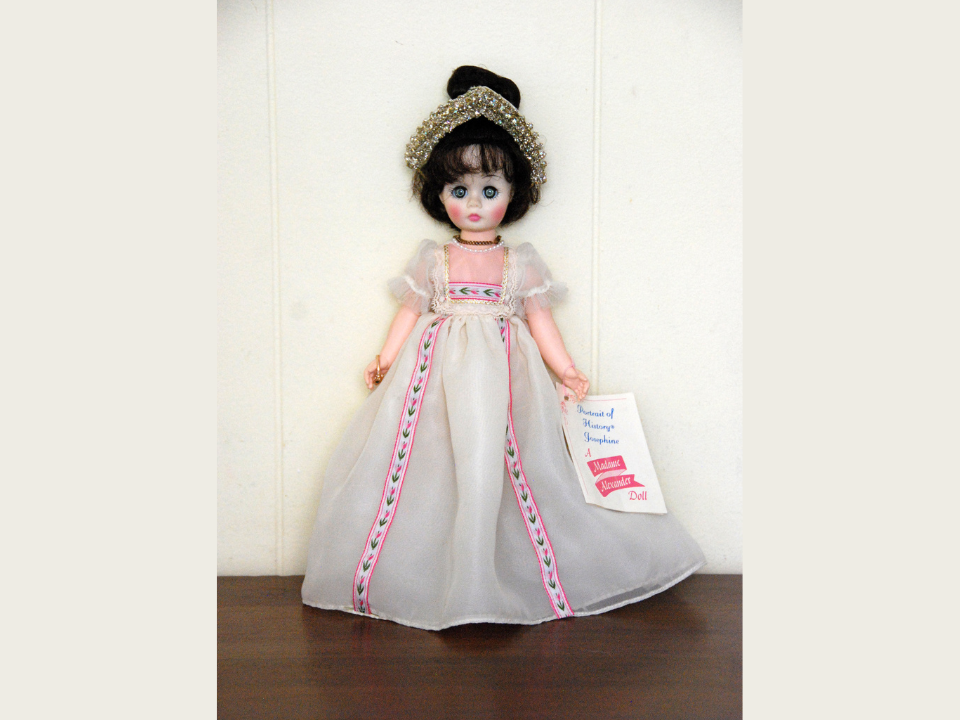
Madame Alexander dolls, created by the Alexander Doll Company, were introduced in 1923 and quickly became a staple in the doll world. Known for their exquisite detail, these dolls were often dressed in fine clothing inspired by popular historical figures, celebrities, and even characters from books and movies. Madame Alexander dolls were highly popular during the mid-20th century, and their craftsmanship has made them valuable collector’s items today.
The value of Madame Alexander dolls varies widely, but collectors can expect to pay anywhere from $100 for common dolls to $2,000 for rare or limited-edition pieces. Dolls from the 1930s and 1940s, particularly those in pristine condition with original outfits, tend to be the most valuable.
Kewpie Dolls

Kewpie dolls, first introduced in 1909 by Rose O’Neill, are beloved for their cherubic appearance, with oversized eyes and distinctive poses. These dolls were originally sold as figurines but soon became popular as full-bodied dolls made of composition materials. Kewpie dolls are recognized for their vintage charm and have been produced in various sizes and styles over the years. Antique Kewpie dolls, particularly those made in the 1920s and 1930s, are highly valued by collectors.
The price of Kewpie dolls can vary greatly depending on their size, condition, and markings. Smaller Kewpie dolls can be found for around $100, while larger or rare versions can fetch upwards of $2,000 at auction.
Composition Dolls
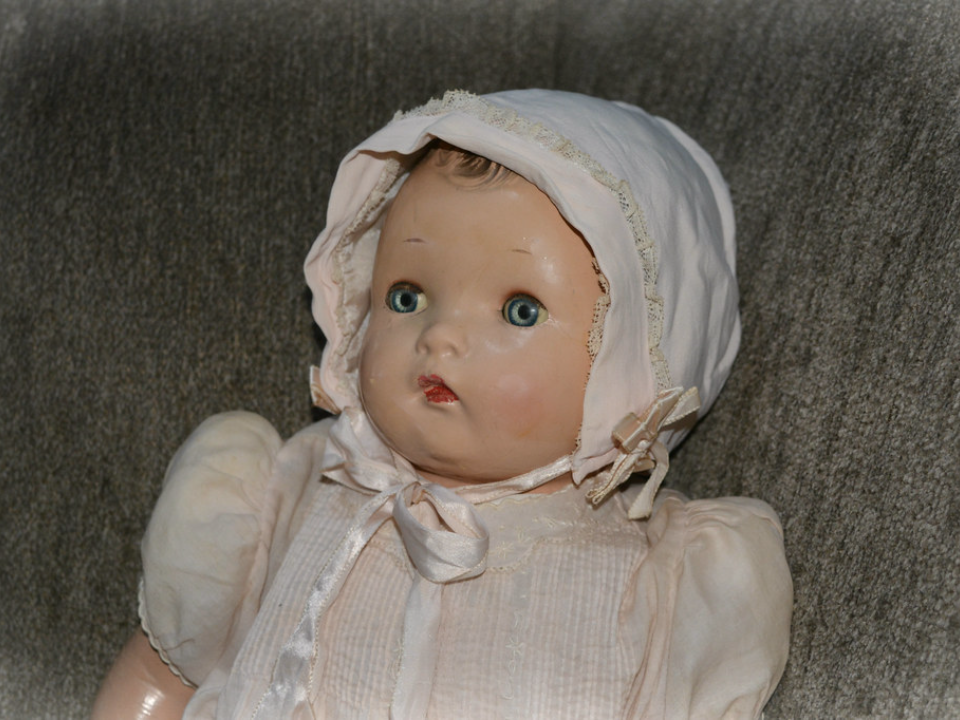
Composition dolls, which were widely produced between the 1920s and 1950s, are made from a mixture of materials such as sawdust, glue, and other fillers. These dolls were a popular alternative to porcelain dolls due to their durability and lower cost. Popular manufacturers of composition dolls include Effanbee, Madame Alexander, and Vogue. These dolls typically feature painted faces and clothes that reflect the fashion trends of the time.
Collectors of composition dolls look for well-preserved examples, especially those from renowned manufacturers. Prices can vary widely based on factors such as age, condition, and rarity, with dolls often priced between $100 and $1,000. More valuable dolls can reach up to $2,000 or more.
Armand Marseille Dolls
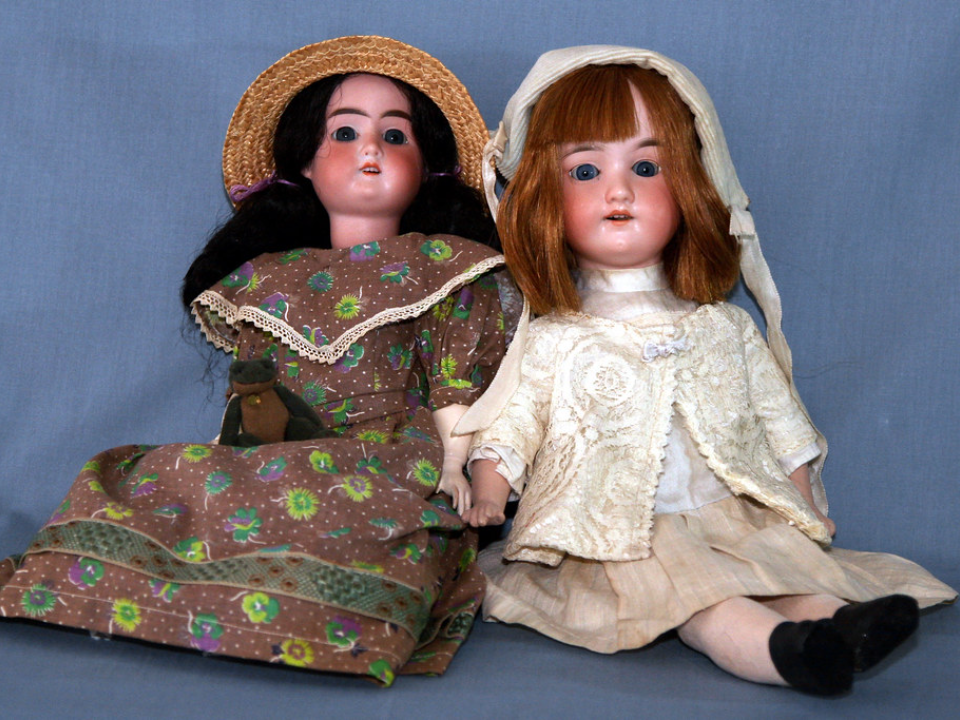
Armand Marseille was a leading German doll maker, known for producing high-quality bisque dolls in the late 19th and early 20th centuries. These dolls were often beautifully crafted, with realistic facial features, hand-painted eyes, and wigs made from human hair or mohair. Armand Marseille dolls are highly sought after for their historical value and craftsmanship.
Collectors look for dolls from specific production periods and those that are in excellent condition. Prices for Armand Marseille dolls typically range from $500 to $5,000, depending on the dolls age, size, and condition. Rare or well-preserved pieces can sell for even higher amounts.
Baby Dolls by Vogue

Vogue Doll Company was established in 1922 and is known for creating baby dolls with lifelike features. One of the most iconic dolls produced by Vogue was the “Ginny” doll, which became famous in the 1950s. These dolls have a soft, lifelike body and a distinct, sweet expression. Vogue dolls are often found with their original outfits and accessories, which adds to their value among collectors.
The value of Vogue baby dolls, particularly those in excellent condition with their original clothing, ranges from $150 to $2,000. Rare and special edition dolls, such as those from limited runs or with unique features, can command even higher prices.
Effanbee Dolls
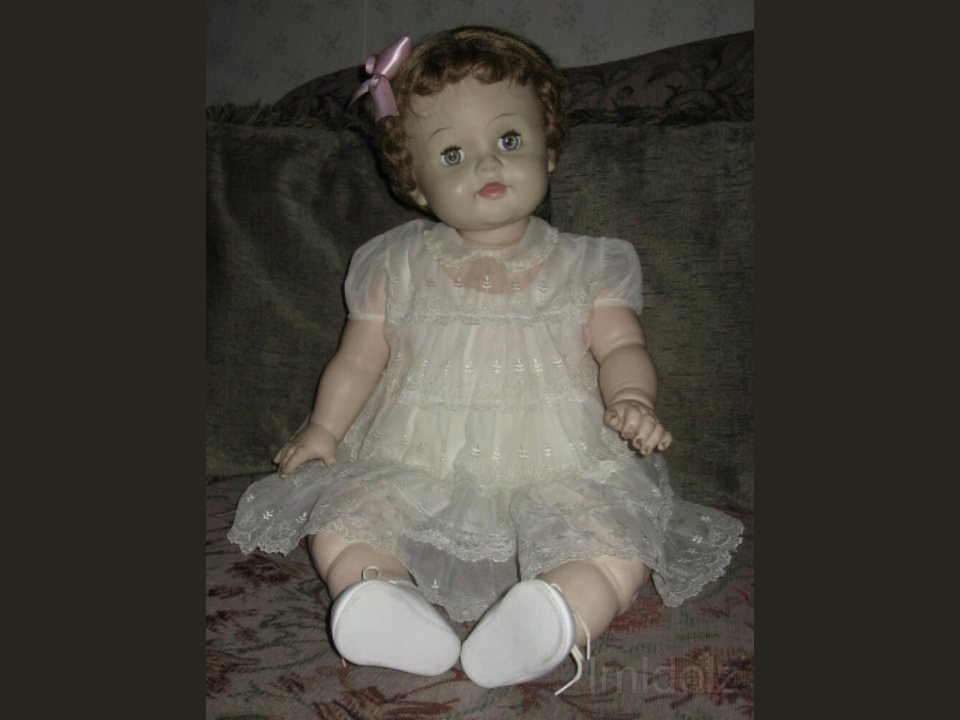
Effanbee Dolls were produced by the Effanbee Doll Company, which was founded in 1910. Known for their composition bodies and porcelain heads, Effanbee dolls were often sold as fashion dolls and were highly popular in the 1920s and 1930s. Dolls such as the “Baby Nurse” and “Patsy” series became iconic among collectors due to their charming expressions and lifelike features.
The market for Effanbee dolls remains strong, with prices ranging from $100 to $2,000 depending on the rarity and condition of the doll. Rare models, especially those from limited production runs, can command prices as high as $5,000.
Celluloid Dolls
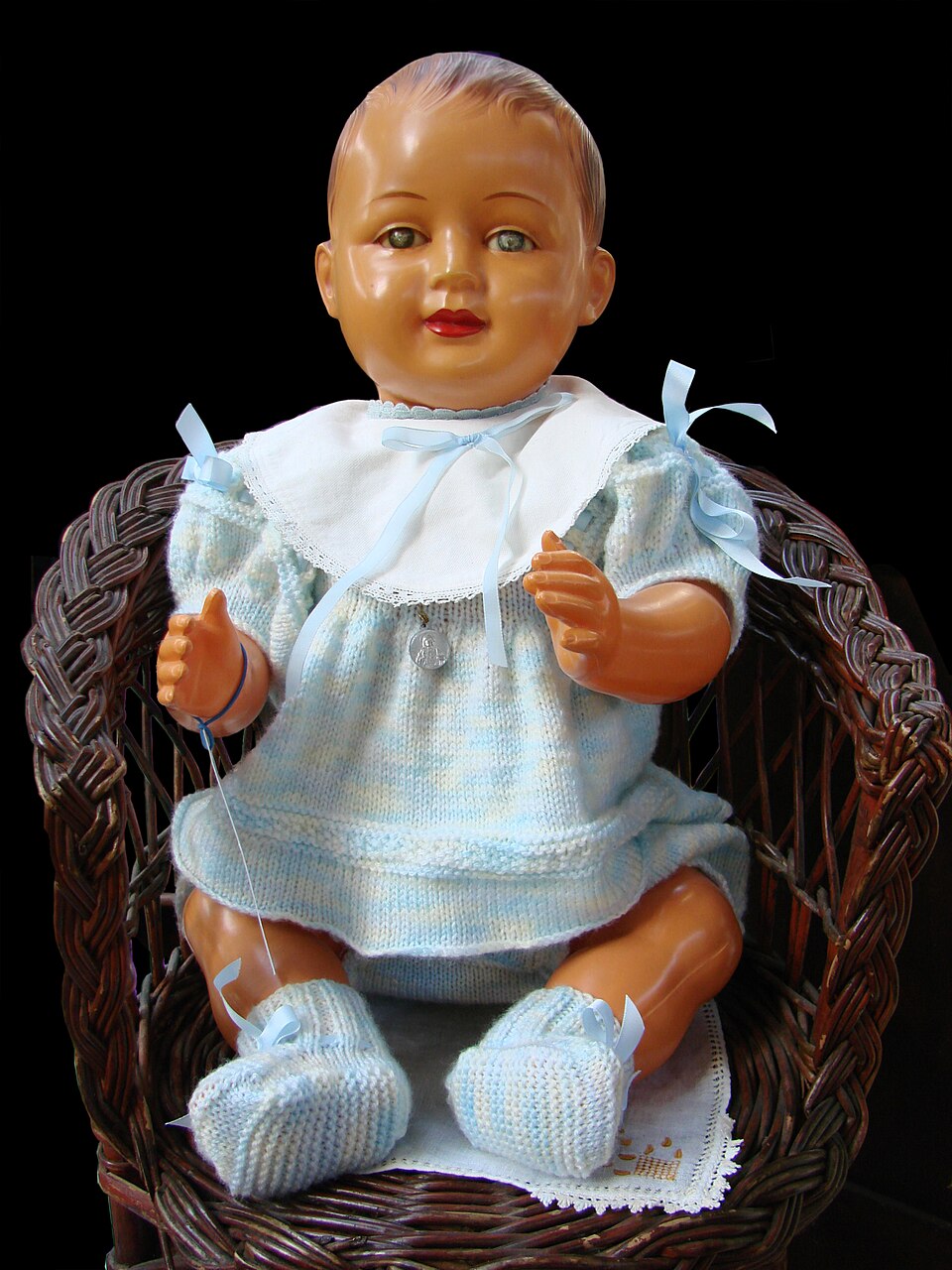
Celluloid dolls, which became popular in the late 19th century, are made from a lightweight, plastic-like material. These dolls were mass-produced and were much more affordable than porcelain dolls. Many early celluloid dolls were produced in Japan, Germany, and the United States, and they feature distinctive painted faces and colorful clothing.
While celluloid dolls are not as valuable as some other antique dolls, they still hold a place in the market for their historical value. Most celluloid dolls can be found for prices ranging from $50 to $500, with rare or unique examples occasionally reaching $1,000.
This article originally appeared on Avocadu.
